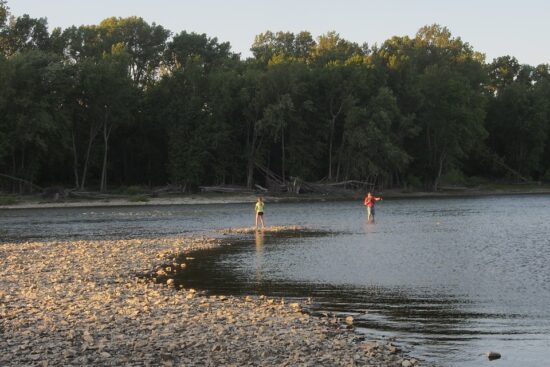Elevated Incidences of Antimicrobial Resistance and Multidrug Resistance in the Maumee River (Ohio, USA), a Major Tributary of Lake Erie
Maumee River, the major tributary in the western basin of Lake Erie, serves as one of major sources of freshwater in the area, supplying potable, recreational, and industrial water. In this study we collected water samples from four sites in the Maumee River Bay between 2016–2017 and E. coli was isolated, enumerated, and analyzed for antimicrobial resistance (AMR) and multidrug resistance (MDR). Strikingly, 95% of the total isolates were found to be resistant to at least one antibiotic. A very high resistance to the drugs cephalothin (95.3%), ampicillin (38.3%), tetracycline (8.8%), gentamicin (8.2%), ciprofloxacin (4.2%), cefoperazone (4%), and sulfamethoxazole (1.5%) was observed within isolates from all four sampling sites. Percentages of AMR and MDR was consistently very high in the summer and fall months, whereas it was observed to be lowest in the winter. A remarkably high number of the isolates were detected to be MDR—95% resistant to ≥1 antibiotic, 43% resistant to ≥2 antibiotics, 15% resistant to ≥3 antibiotics, 4.9% resistant to ≥4 antibiotic and 1.2% resistant to ≥5 antibiotics. This data will serve in better understanding the environmental occurrence and dissemination of AMR/MDR in the area and assist in improving and establishing control measures.
AMR NEWS
Your Biweekly Source for Global AMR Insights!
Stay informed with the essential newsletter that brings together all the latest One Health news on antimicrobial resistance. Delivered straight to your inbox every two weeks, AMR NEWS provides a curated selection of international insights, key publications, and the latest updates in the fight against AMR.
Don’t miss out on staying ahead in the global AMR movement—subscribe now!







